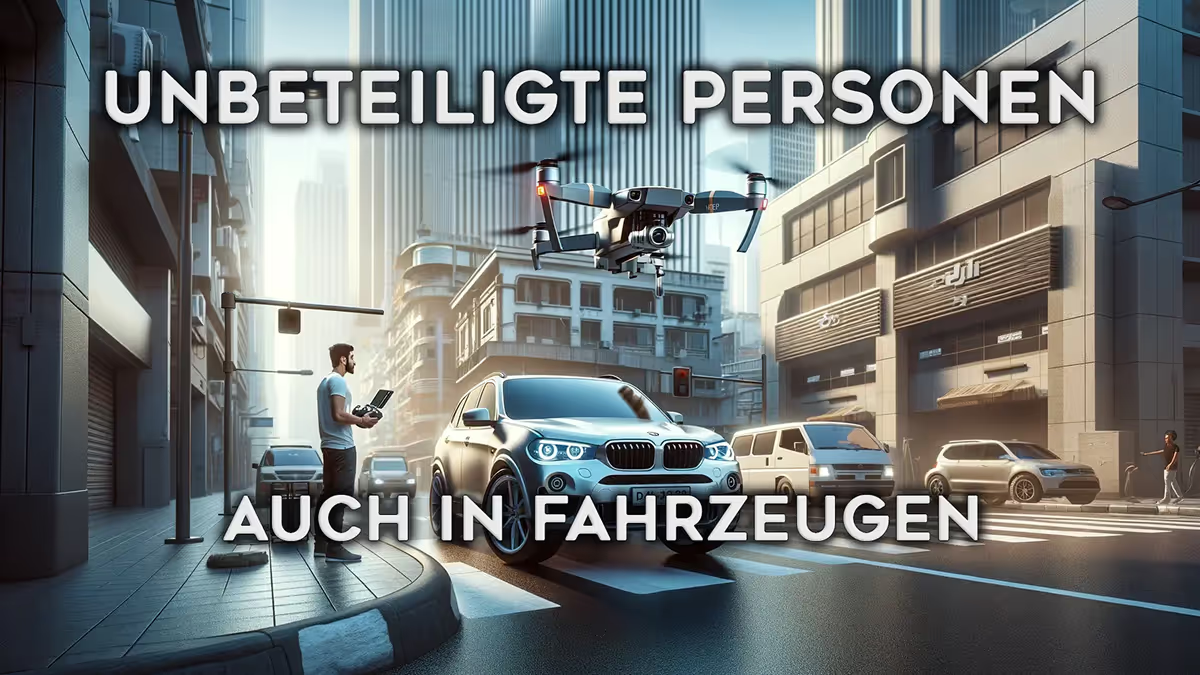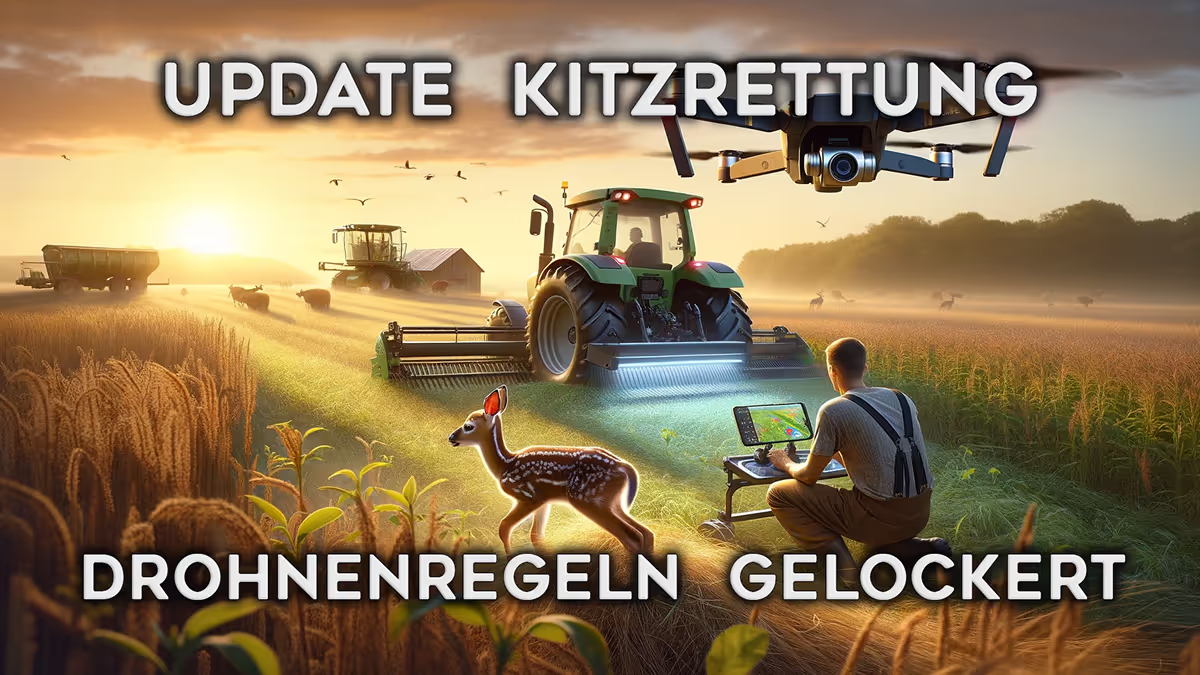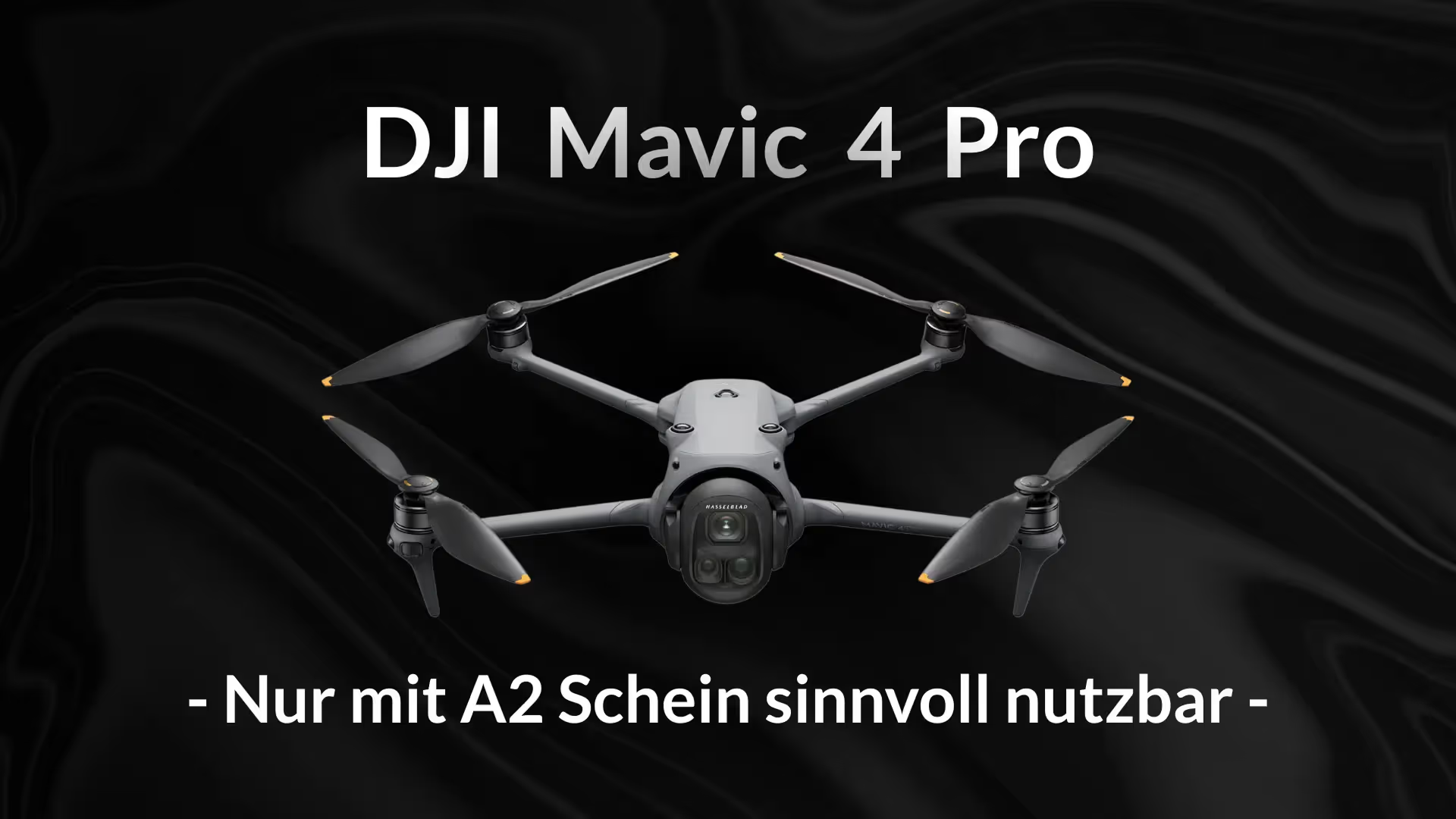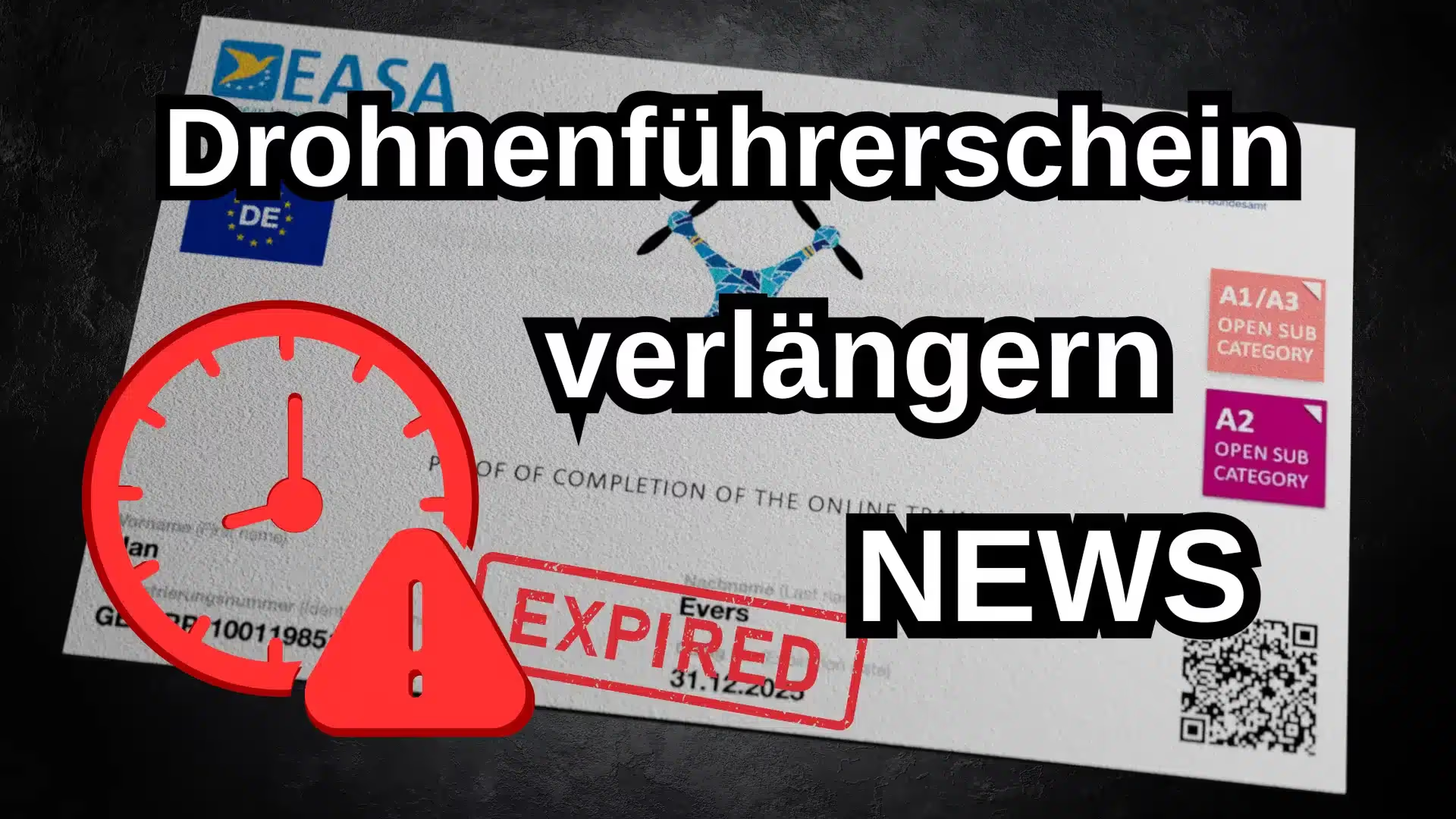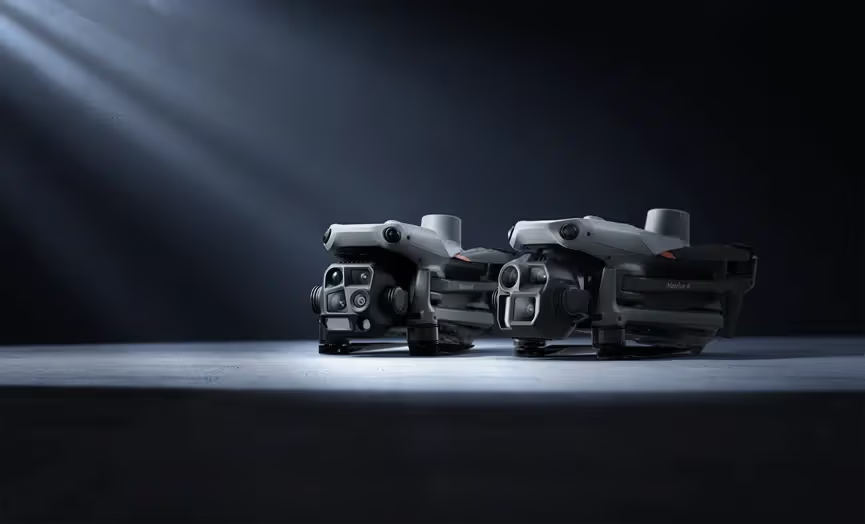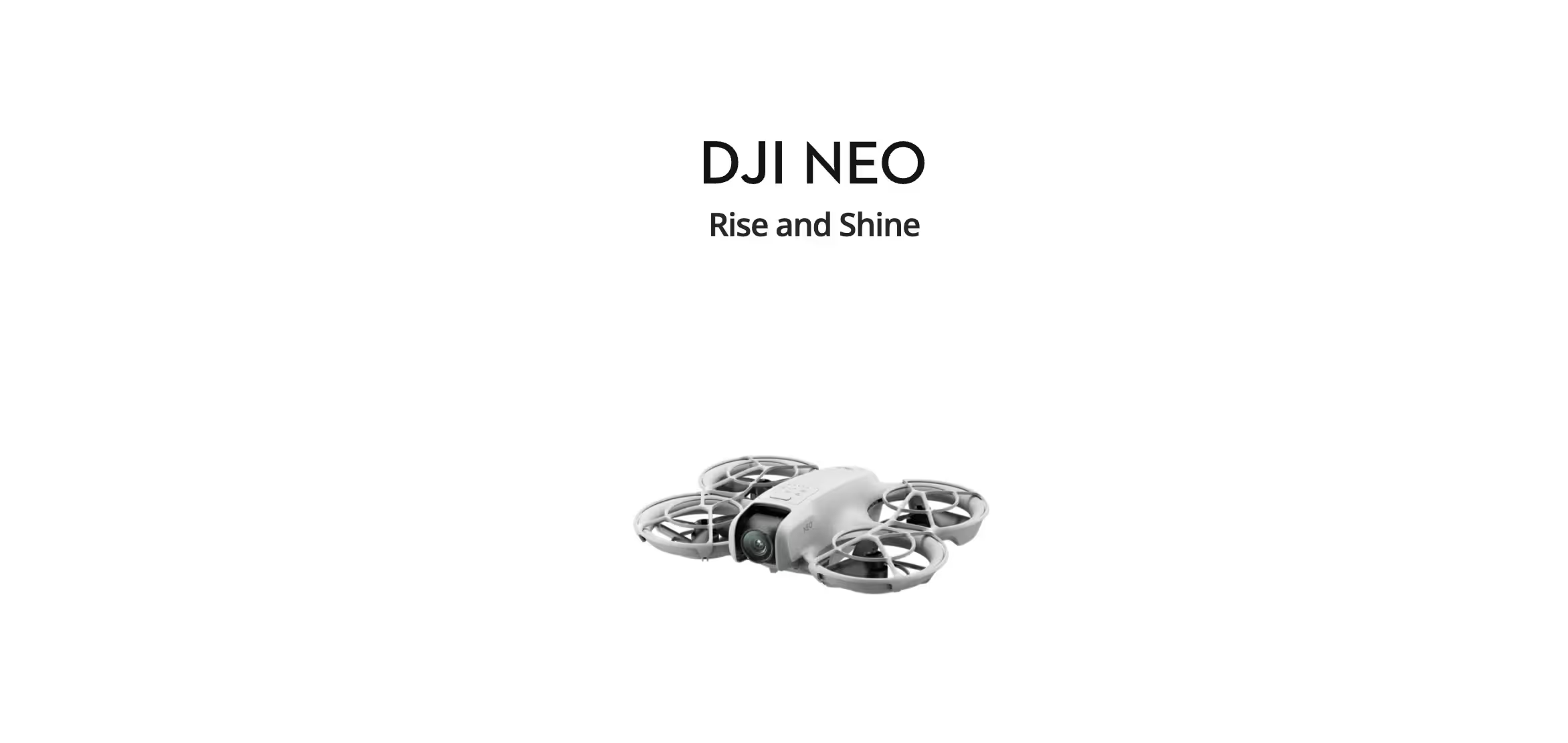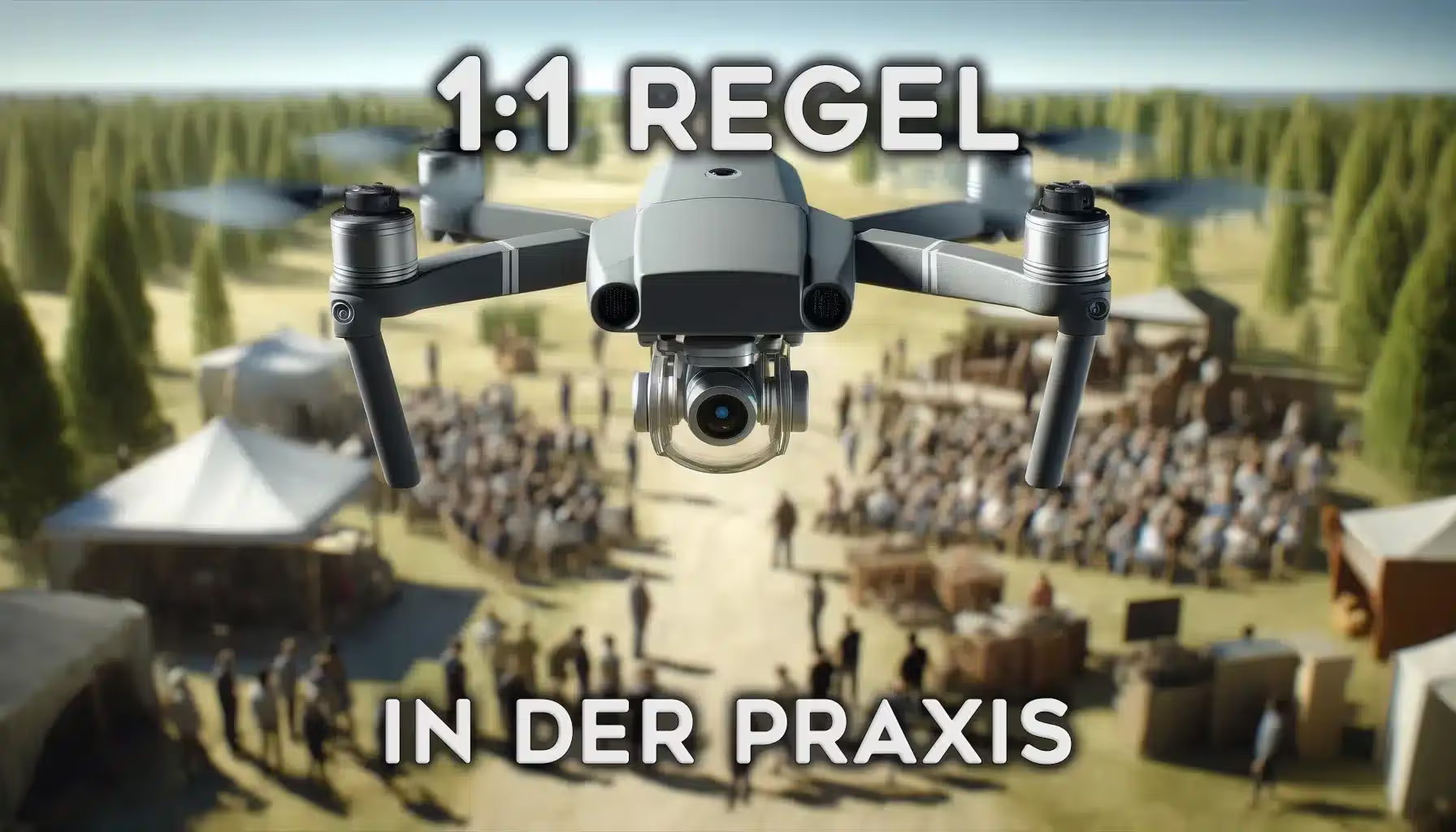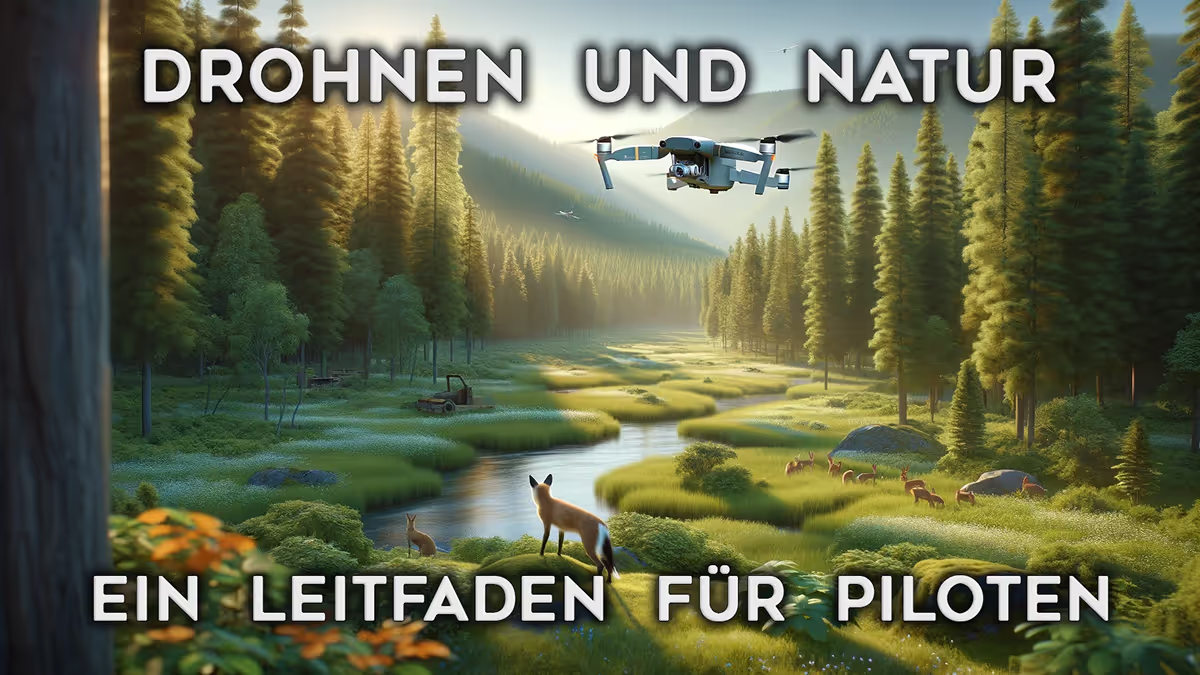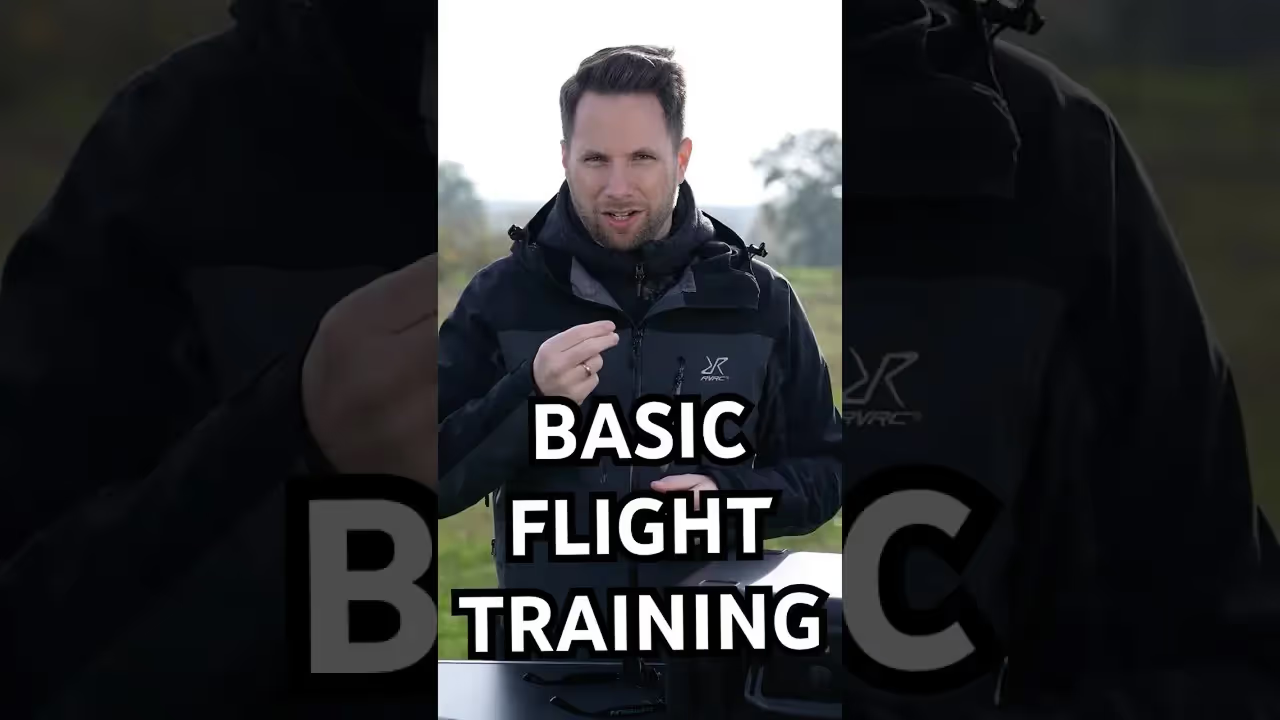
The 5 most important flight principles for drone pilots
Drone flying is fascinating — but if you want to enjoy it in the long term, you should know and internalize some basic principles. They not only help you bring your own drone home safely, but also ensure safety in airspace. In this article, we summarize the central rules for safe drone flight.
1. The rear of the drone always points at you
The most important principle is: Always fly so that the rear of the drone is facing you.
This gives you a clear reference and keeps your control commands intuitive. If you lose this orientation, you can easily perform incorrect steering maneuvers — with the result that the drone flies uncontrollably into trees or other obstacles.
2. Strict separation of visual flight and monitor flight (FPV)
Another key to safe control is clear separation between visual flight and monitor flight (FPV).
If the two are mixed, the risk of your orientation getting mixed up increases. Therefore: You either control exclusively by sight or exclusively via the monitor — and the transition should always be deliberate and procedural.
3. Never fly behind you
Even though it sounds tempting — Never fly behind you. As soon as the drone flies over your position and gets behind you, your control logic is inverted. Forward becomes backward, left becomes right. This is extremely dangerous, particularly for inexperienced pilots, as it quickly leads to loss of control.
4. Use automation in a targeted manner
Modern drones offer a variety of Automation features such as GPS-based position stabilization. You should use these when it makes sense — for example when filming or taking pictures.
In GPS mode, the drone keeps its position, compensates for gusts of wind and relieves you mentally. At the same time, it's important to be able to fly safely even without GPS — in attitude mode, for example, where you have to actively control wind and hovering yourself.
The rule of thumb: Use automation consciously, but remain able to act manually at any time.
5. Know the limits of your drone
Every drone has technical limits that you absolutely need to know — especially when wind limit.
An example: If the limit is 12 m/s, a flight can not only be dangerous but also cause insurance problems. Read your drone's operating instructions carefully and strictly follow the guidelines.
Conclusion: Safety comes first
The basic principles for safe drone flying can be summarized in three key points:
- Heck points to you — for clear orientation.
- Separate visual flight and monitor flight — to avoid confusion.
- Never fly behind you — to prevent loss of control.
In combination with a conscious use of automation and precise knowledge of the limits of your drone, you create the basis for long, safe and successful flights.
